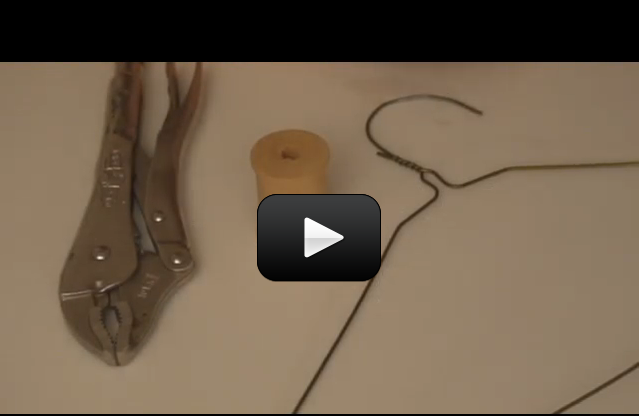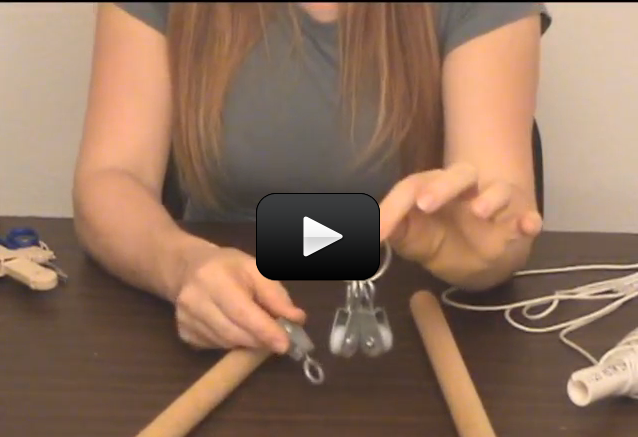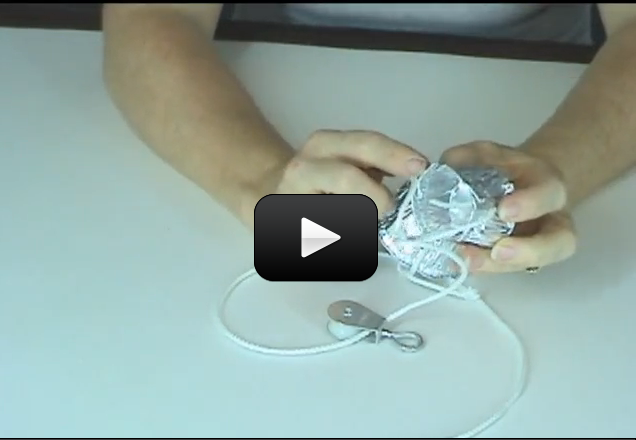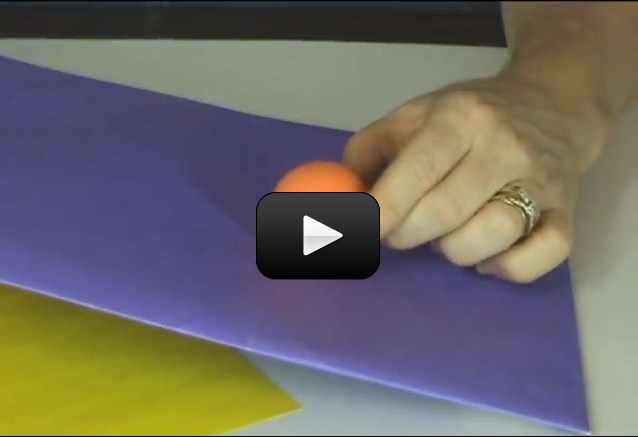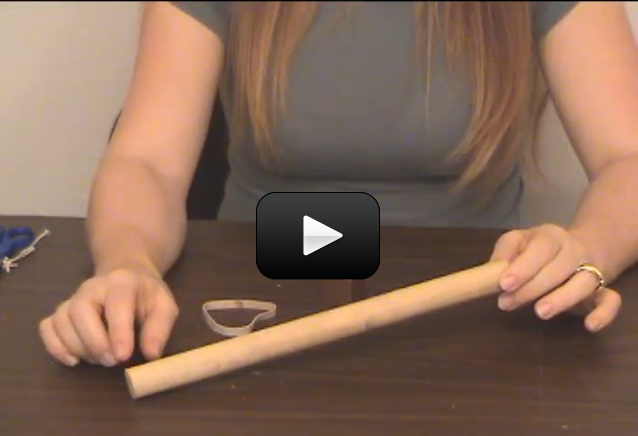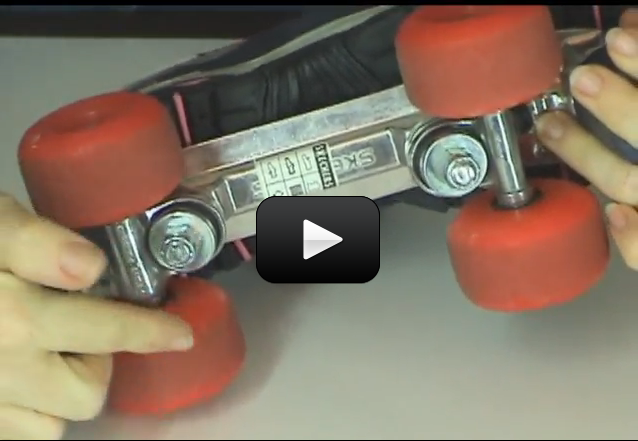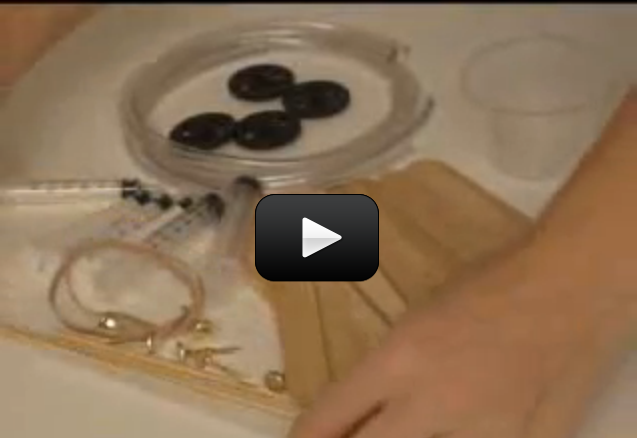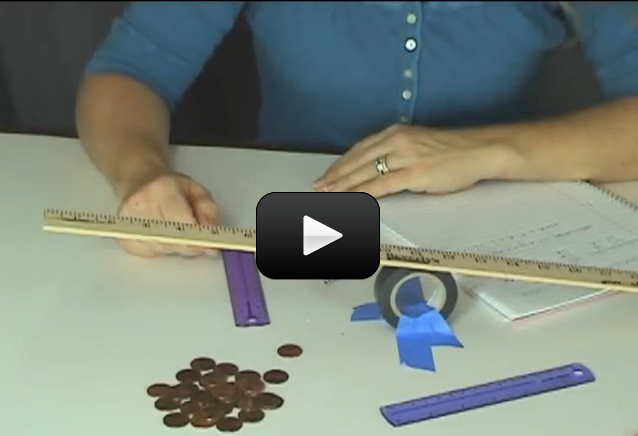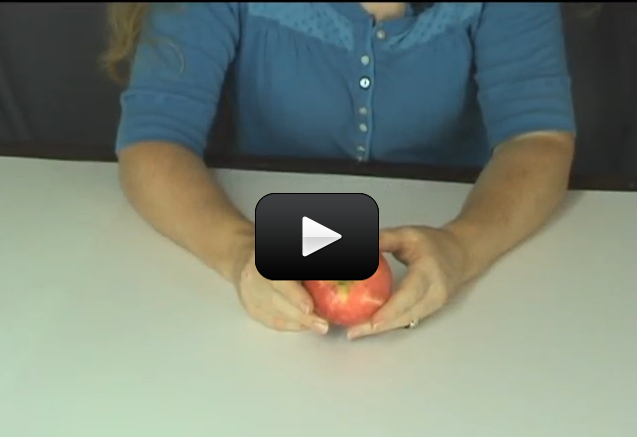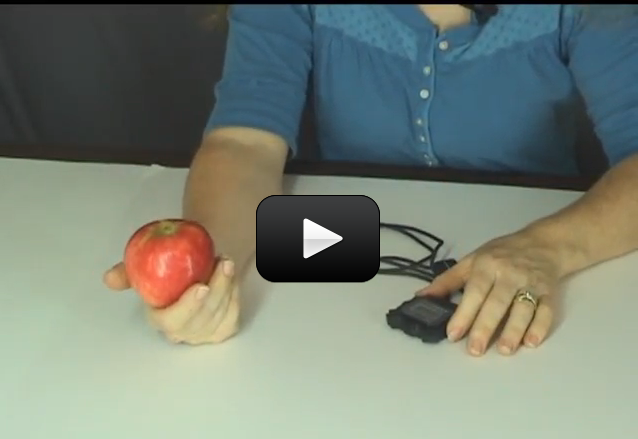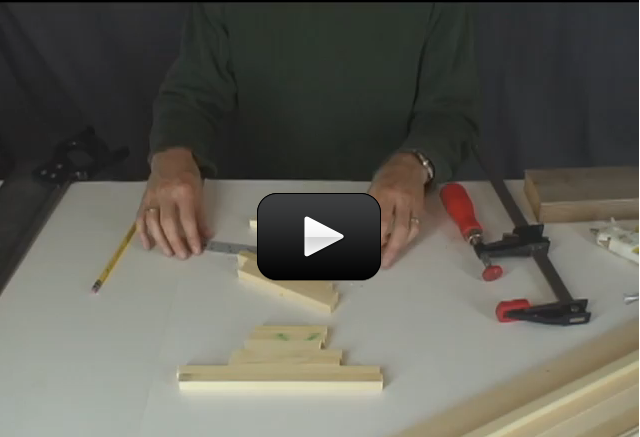Let’s see how much you’ve picked up with these experiments and the reading – answer as best as you can. (No peeking at the answers until you’re done!) Just relax and see what jumps to mind when you read the question. You can also print these out and jot down your answers in your science notebook.
Please login or register to read the rest of this content.
Please login or register to read the rest of this content.
Need answers?
Let’s see how much you’ve picked up with these experiments and the reading – answer as best as you can. (No peeking at the answers until you’re done!) Just relax and see what jumps to mind when you read the question. You can also print these out and jot down your answers in your science notebook.
Please login or register to read the rest of this content.
Please login or register to read the rest of this content.
Need answers?
Let’s see how you did! If you didn’t get a few of these, don’t let it stress you out – it just means you need to play with more experiments in this area. We’re all works in progress, and we have our entire lifetime to puzzle together the mysteries of the universe!
Here’s printer-friendly versions of the exercises and answers for you to print out: Simply click here for K-8 and here for K-12.
Please login or register to read the rest of this content.
Please login or register to read the rest of this content.
Let’s see how you did! If you didn’t get a few of these, don’t let it stress you out – it just means you need to play with more experiments in this area. We’re all works in progress, and we have our entire lifetime to puzzle together the mysteries of the universe!
Here’s printer-friendly versions of the exercises and answers for you to print out: Simply click here for K-8 and here for K-12.
Answers:
Please login or register to read the rest of this content.
Please login or register to read the rest of this content.
Please login or register to read the rest of this content.
We install these at various places around the house (by the telephone, fridge, front door, anywhere that you usually need a pen at the last minute), and have even seen them at the counters of local video-rental stores.
Please login or register to read the rest of this content.
Block and tackle refers to pulleys and rope (in that order). One kid can drag ten adults across the room with this simple setup – we've done this class lots of times with kids and parents, and it really works! Be careful with this experiment - you'll want to keep your fingers away from the rope and don't pull too hard (kids really get carried away with this one!)
If you haven't already, make sure you try out the broomstick version of this activity first.
Please login or register to read the rest of this content.
How can you possibly pull with more strength than you have? Easy - you trade ‘force’ for ‘distance’ - you can pull ten people with one hand, but you have to pull ten feet of rope for every one foot they travel.
Here's what you do: Please login or register to read the rest of this content.
We'll also learn how to take data with our setup and set the stage for doing the ultra-cool Pulley Lift experiments.
Are you ready? Please login or register to read the rest of this content.
What’s an inclined plane? Jar lids, spiral staircases, light bulbs, and key rings. These are all examples of inclined planes that wind around themselves. Some inclined planes are used to lower and raise things (like a jack or ramp), but they can also used to hold objects together (like jar lids or light bulb threads).
Here’s a quick experiment you can do to show yourself how something straight, like a ramp, is really the same as a spiral staircase.
Please login or register to read the rest of this content.
Parts of the Lever
Levers, being simple machines, have only three simple parts. The load, the effort, and the fulcrum. Let’s start with the load. The load is basically what it is you’re trying to lift. The books in the last experiment where the load. Now for the effort. That’s you. In the last experiment, you were putting the force on the lever to lift the load. You were the effort. The effort is any kind of force used to lift the load. Last for the fulcrum. It is the pivot that the lever turns on. The fulcrum, as we’ll play with a bit more later, is the key to the effectiveness of the lever.
There are three types of levers. Their names are first-class, second-class and third-class. I love it when it’s that simple. Kind of like Dr. Seuss’s Thing One and Thing Two. The only difference between the three different levers is where the effort, load and fulcrum are.
Please login or register to read the rest of this content.
Please login or register to read the rest of this content.
Take a rubber band and a roller skate (not in-line skates, but the old-fashioned kind with a wheel at each corner.) Lock the wheels on one side together by wrapping the rubber band around one wheel then the other. Turn one wheel and watch the other spin.
Now crisscross the rubber band belt by removing one side of the rubber band from a wheel, giving it a half twist, and replacing it back on the wheel. Now when you turn one wheel, the other should spin the opposite direction. Here's a quick video on what to expect:
Please login or register to read the rest of this content.
When people mention the word “hydraulics”, they could be talking about pumps, turbines, hydropower, erosion, or river channel flow. The term “hydraulics” means using fluid power, and deals with machines and devices that use liquids to move, lift, drive, and shove things around.
Liquids behave in certain ways: they are incompressible, meaning that you can’t pack the liquid into a tighter space than it already is occupying.
Please login or register to read the rest of this content.
We’re going to use everyday objects to build a simple machine and learn how to take data. Sadly, most college students have trouble with these simple steps, so we’re getting you a head start here. The most complex science experiments all have these same steps that we’re about to do… just on a grander (and more expensive) scale. We’re going to break each piece down so you can really wrap your head around each step. Are you ready to put your new ideas to the test?
This experiment is for Advanced Students.
Please login or register to read the rest of this content.
This experiment is for Advanced Students. We’re going to really get a good feel for energy and power as it shows up in real life. For this experiment, you need:
- Something that weighs about 100 grams or 4 ounces, or just grab an apple.
- A meter or yard stick
This might seem sort of silly but it’s a good way to get the feeling for what a Joule is and what work is.
Please login or register to read the rest of this content.
We’re going to practice measuring and calculating real life stuff (because science isn’t just in a textbook, is it?) When I taught engineering classes, most students had never analyzed real bridges or tools before – they only worked from the textbook. So let’s jump out of the words and into action, shall we? This experiment is for Advanced Students.
Before we start, make sure you’ve worked your way through this experiment first!
Please login or register to read the rest of this content.
This is a great demonstration of how energy changes form. At first, the energy was stored in the spring of the mousetrap as elastic potential energy, but after the trap is triggered, the energy is transformed into kinetic energy as rotation of the wheels.
Remember with the First Law of Thermodynamics: energy can’t be created or destroyed, but it CAN change forms. And in this case, it goes from elastic potential energy to kinetic energy.
There’s enough variation in design to really see the difference in the performance of your vehicle. If you change the size of the wheels for example, you’ll really see a difference in how far it travels. If you change the size of the wheel axle, your speed is going to change. If you alter the size of the lever arm, both your speed and distance will change. It's fun to play with the different variables to find the best vehicle you can build with your materials!
Here's what you need to do this project:
Please login or register to read the rest of this content.
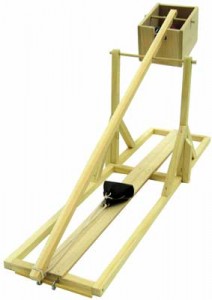 This experiment is for Advanced Students. For ages, people have been hurling rocks, sticks, and other objects through the air. The trebuchet came around during the Middle Ages as a way to break through the massive defenses of castles and cities. It’s basically a gigantic sling that uses a lever arm to quickly speed up the rocks before letting go. A trebuchet is typically more accurate than a catapult, and won’t knock your kid’s teeth out while they try to load it.
This experiment is for Advanced Students. For ages, people have been hurling rocks, sticks, and other objects through the air. The trebuchet came around during the Middle Ages as a way to break through the massive defenses of castles and cities. It’s basically a gigantic sling that uses a lever arm to quickly speed up the rocks before letting go. A trebuchet is typically more accurate than a catapult, and won’t knock your kid’s teeth out while they try to load it.
Trebuchets are really levers in action. You’ll find a fulcrum carefully positioned so that a small motion near the weight transforms into a huge swinging motion near the sling. Some mis-named trebuchets are really ‘torsion engines’, and you can tell the difference because the torsion engine uses the energy stored in twisted rope or twine (or animal sinew) to launch objects, whereas true trebuchets use heavy counterweights.
Please login or register to read the rest of this content.
By the use of a pulley (otherwise known as a block and tackle), car mechanics lift 600 lb car engines with one hand! Cranes that lift steel girders and thousand pound air conditioning units are basically pulleys! This video gets you started on the right foot. We’ll outline what’s coming up for this week and how to get the most out of our lesson together. Enjoy!
So what is this lever thing anyway? Well, at it’s most basic level, it’s a stick and a rock…pretty simple machine huh? The lever is made up of two parts, the lever (the stick part) and the fulcrum (the rock part). Believe it or not, using this very simple machine you can lift hundreds of pounds with your bare hands and very little effort. Let’s try it.
This video gets you started on the right foot. We’ll outline what’s coming up for this week and how to get the most out of our lesson together. Enjoy!
Please login or register to read the rest of this content.

